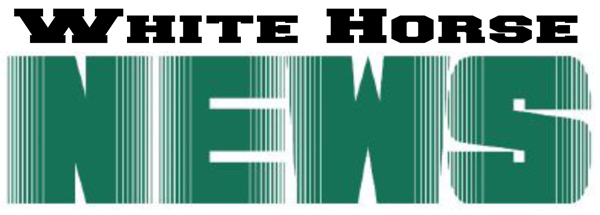Frome Family History Group – white horses and hill figures
The March meeting of Frome Family History Group was held in the Cheese and Grain.
Our speaker was Tony Painter who is well known to us having delivered several talks in the past. His subject was white horses and hill figures, history and mystery.
Tony began by explaining that there are many different types of hill figures ranging from figures, horses and other animals, badges and Celtic crosses. These are found all over the country but the greatest concentration can be found in Wiltshire and the Chiltern Hills due to the chalk deposits.
We continued by looking in more detail at the most well-known figures including Uffington which is believed to be the oldest hill figure dating back to the Bronze Age and is one of the five wonders of Britain.
Following an excavation in 1990, the figure’s origin was finally settled with optically stimulated luminescence testing. Simon Palmer and David Miles of the Oxford Archaeological Unit dated silt deposits to the period between 1380 BC and 550 BC, confirming the Uffington White Horse to be Britain’s oldest chalk figure. Until the late nineteenth century it was scoured every seven years.
After the work was done, a rural festival was held sponsored by the lord of the manor.
Another well-known figure is the Cerne Abbas Giant. The Cerne Abbas Giant has become an important part of local culture and folklore, which often associates it with fertility. Its nudity has caused concern over the centuries and was covered up in Victorian times, however, it was later restored and the subject of a complaint to the home office by Walter Long from Gillingham who said it was an offence under the Obscene Publications Act. His protest was dismissed.
The purpose of the ancient hill figures has kept academics and archaeologists theorising over the centuries. Francis Wise, an 18th century academic, believed that they could be either phallic, religious, ley markers or monastic. Modern ones include the Bulford kiwi which was created by commonwealth troops during World War I. The Bulford Kiwi was cut into Beacon Hill in Bulford by New Zealand troops waiting for a ship to take them back home after the World War I. When the disaffected soldiers threatened to riot, the commanders kept them busy carving the kiwi. It is still visible today.
Tony was thanked for a superb presentation and the evening concluded with information about our next talk which will be on 29th April entitled The History of the Frome Memorial Theatre by Humphrey Barnes and Richard Lines.
Christine Featherstone – Frome Family History Group
Pictured: Uffington White Horse and the Cernes Giant














